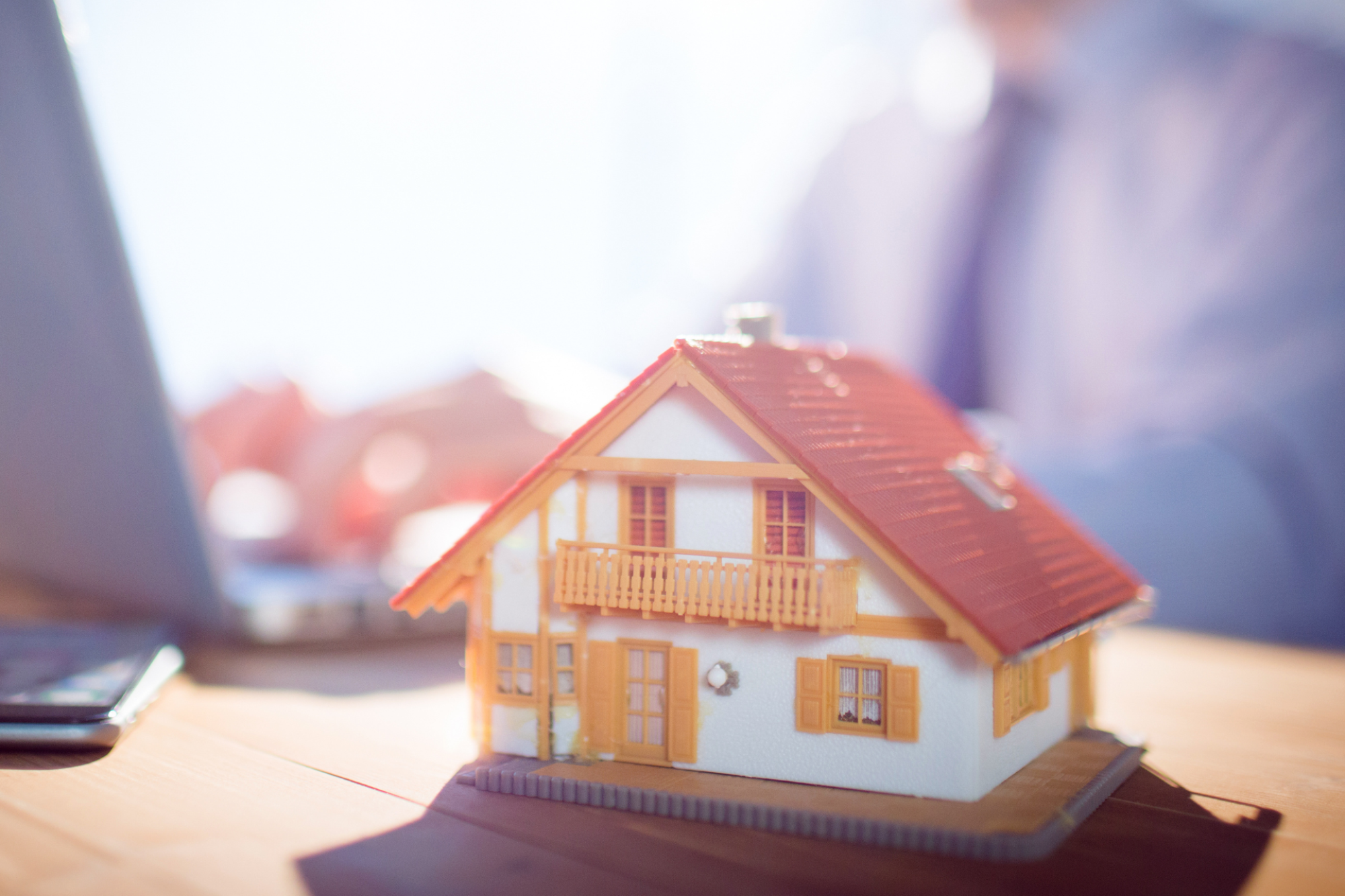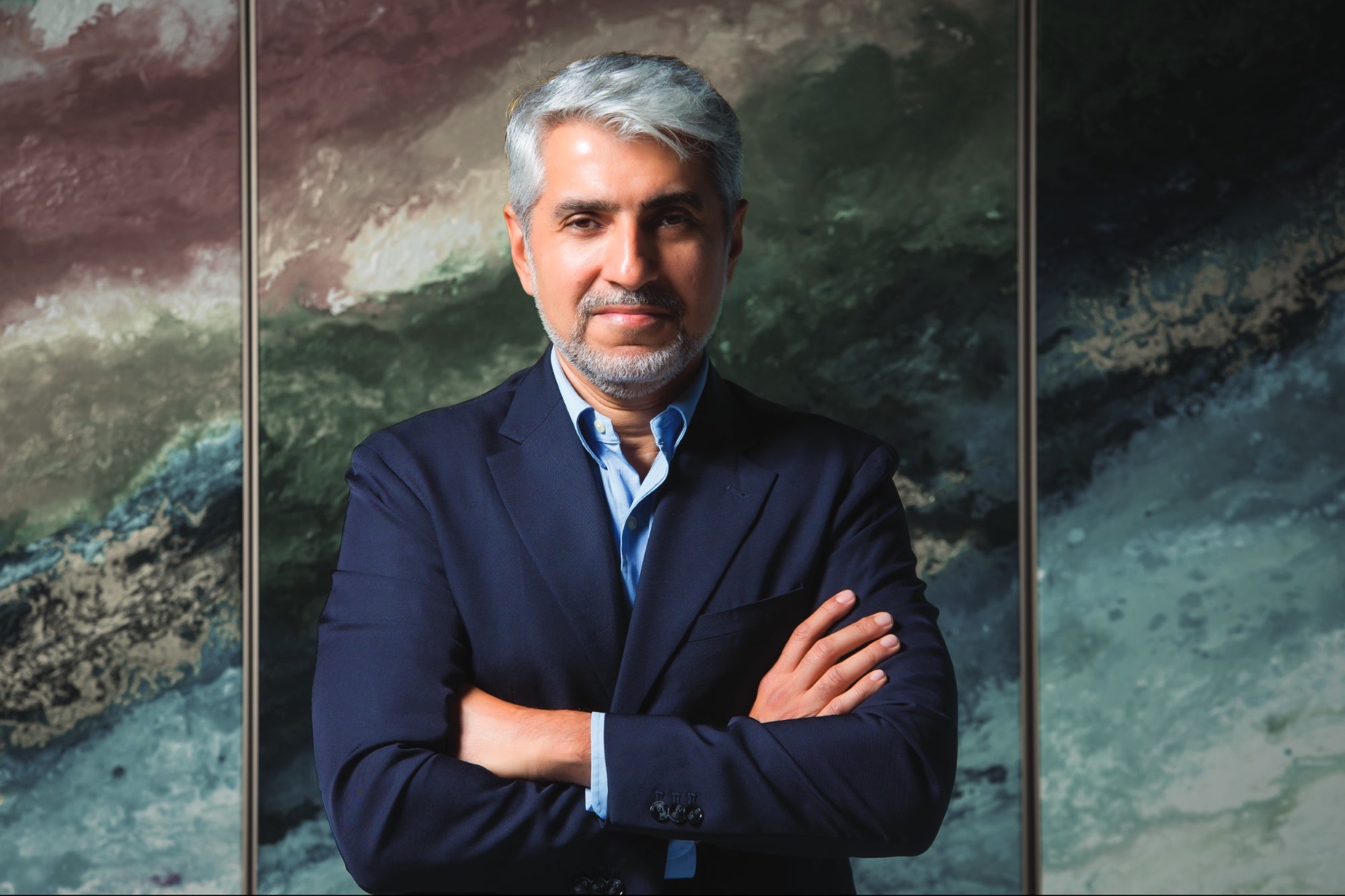Why Wellness-Driven Real Estate is the Future of Urban Living The future of entrepreneurship isn't invention alone—it's intention.
Opinions expressed by Entrepreneur contributors are their own.
You're reading Entrepreneur Middle East, an international franchise of Entrepreneur Media.

Can a residential building protect your health? In 2003, I wouldn't have asked that question. I was a young entrepreneur launching Fakhruddin Properties with a purely commercial lens. At the same time, someone close to me was battling chronic respiratory issues. That experience opened my eyes to a deeper challenge—our indoor environments can impact our long-term health far more than we realize.
What began as a personal concern soon evolved into a business philosophy: could we create a commercially viable real estate model that prioritizes wellness? Could sustainability move from an ethical ideal to a competitive advantage?
From Illness to Innovation
Indoor air quality in the GCC is a growing concern. In a region reliant on sealed buildings and 24/7 air-conditioning, the idea of "sick buildings" isn't just theoretical—it's a lived reality.
Rather than offer cosmetic solutions, we committed to engineering change from the inside out. With the help of our Chief Sustainability Officer, Dr. Samiullah Khan—certified by Delft University of Technology in Comfort and Health in Buildings—we studied how air, light, sound, temperature, and humidity collectively impact wellness.
Instead of buying generic systems off the shelf, we built our own: advanced smart air purification and handling systems that filter out allergens and volatile organic compounds (VOCs). These are now standard across all our homes.
The result? Healthier residents. Fewer complaints. And a differentiated product that sets us apart in a saturated market.
Buildings That Breathe—and Grow
Sustainability doesn't stop at energy efficiency. We asked: could a building produce something of value, not just consume?
That led us to hydroponic farming. By recycling chilled water from our radiant cooling system—a climate tech that cuts emissions and boosts energy efficiency—we nourished on-site produce in vertical farms.
Enter: The Greenhouse Café. Our in-house café concept uses and sells the vegetables grown inside the very building. Fresh basil, tomatoes, and curry leaves are available to residents at prices lower than Dubai supermarkets. It's a closed-loop, zero-waste ecosystem—and a new revenue stream.
Sustainability became more than an initiative. It became a business unit.
Proof That Purpose Pays
Our first test case came in 2025, when we launched a Food Sharing program at Trafalgar Central in International City. A community fridge allowed residents to share excess food, cutting household waste and sparking unexpected levels of engagement. The pilot's success encouraged us to expand the program across all new developments.
We also found that investors—especially those focused on long-term value—were paying attention. According to a 2024 Property Finder study, 70% of investors are willing to pay a premium for green features. In our own sales interactions, we saw that wellness features had moved from "nice-to-have" to "essential."
Waste Not, Win More
Our next challenge: could we rethink building waste entirely?
In early 2025, we launched the 90:90 Waste Management Initiative at Trafalgar Central, aiming to divert 90% of waste from landfills. It wasn't just about compliance—it was about future-proofing. With color-coded bags, composting units inside the building, and clear resident education, we created Dubai's first zero-cost, fully integrated waste system for residential towers.
The system is fully funded by Fakhruddin Properties, meaning no added operational cost for residents or owners. It's an investment in both sustainability and brand equity.
Sustainability as Strategy
From the outset, we aligned ourselves with the UAE's Net Zero 2050, Dubai Municipality's landfill eradication plan, and the Circular Economy Policy 2021–2031. Why? Because entrepreneurs who anticipate policy shifts before they're enforced are the ones who innovate ahead of the curve.
This alignment hasn't just earned us recognition—it's unlocked long-term commercial advantages. Buyers trust future-ready developments. Governments support compliant operators. And the industry begins to shift when proof of concept meets proof of profit.
Lessons for the Entrepreneurial Mindset
Sustainable business ideas don't always begin with fanfare. Sometimes they begin with frustration, or compassion, or simply noticing what others overlook.
In our case, it began with a breath.
We've since learned that solving real problems—deeply, sustainably, and systemically—isn't just good ethics. It's good economics.
5 Ways to Turn a Problem into a Business Advantage
- Start with a real pain point. The most scalable ideas often come from personal frustration or unmet community needs.
- Understand the system, not just the symptom. Study the technical, economic, and behavioral dynamics before designing a solution.
- Design for scale, not just novelty. Build business models that are replicable and regionally adaptable.
- Partner with public entities. Collaborating with municipalities, universities, and policy makers gives your solution legitimacy and reach.
- Use data as proof. Whether it's energy saved or resident retention, numbers make your impact visible—and investable.
The future of entrepreneurship isn't invention alone—it's intention. And solving problems sustainably might just be the smartest business decision we make.
Related: Water, Wellness, and Sustainability: How GROHE's Smart Bathroom Innovation Supports Healthcare










